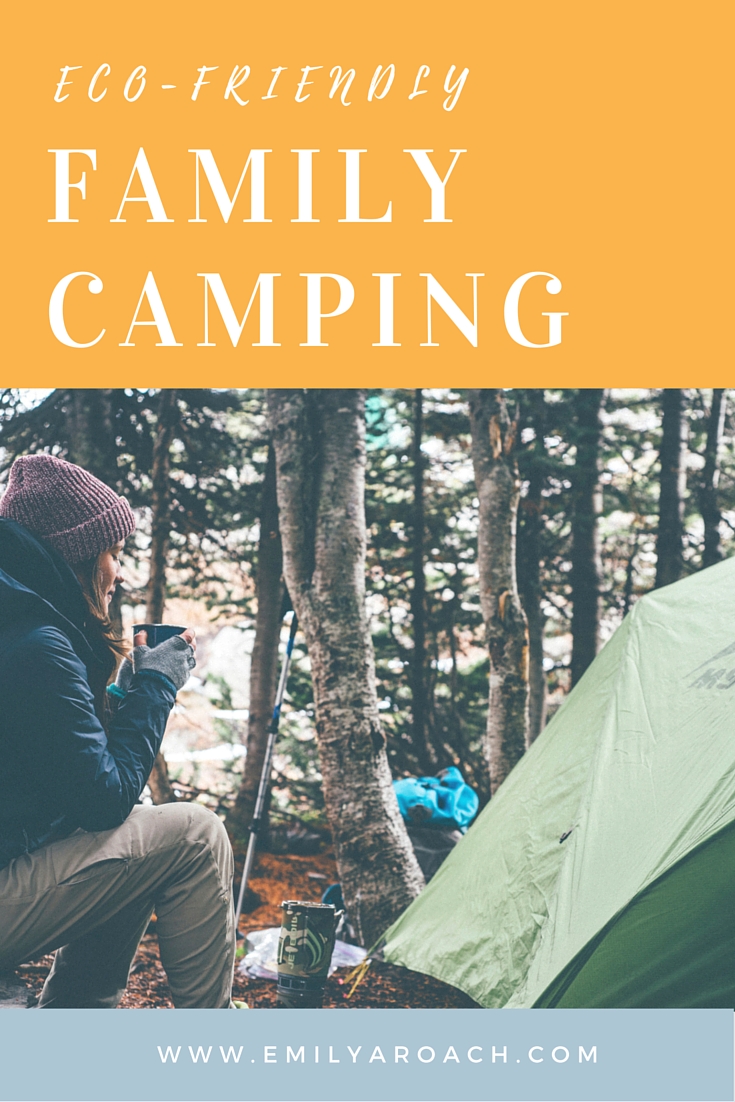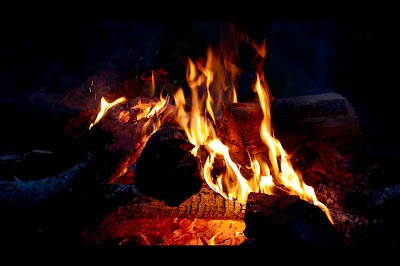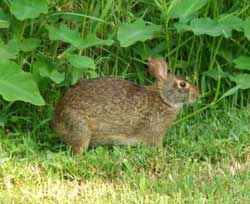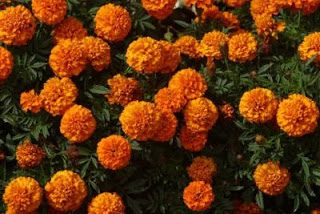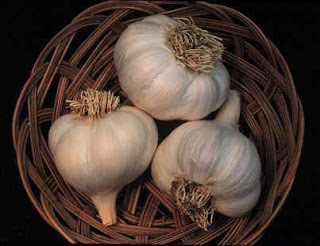After I mentioned making our own foaming hand soap in yesterday’s post about household cleaners, more than a couple people have asked how to make it.
Here is the super easy recipe I use to make the foaming hand soap. I use Dr. Bronner’s Magic Soaps Pure-Castile Soap as the base. This product got an A from the EWG Healthy Cleaning Guide. Tea tree oil is also a great addition because it has antibacterial, antiviral, antifungal and antiseptic qualities.
I reuse the foaming hand soap dispenser from CleanWell. This line of products is a favorite and when I need a fresh bottle. They have antibacterial soaps without triclosan, which is a big environmental hazard.
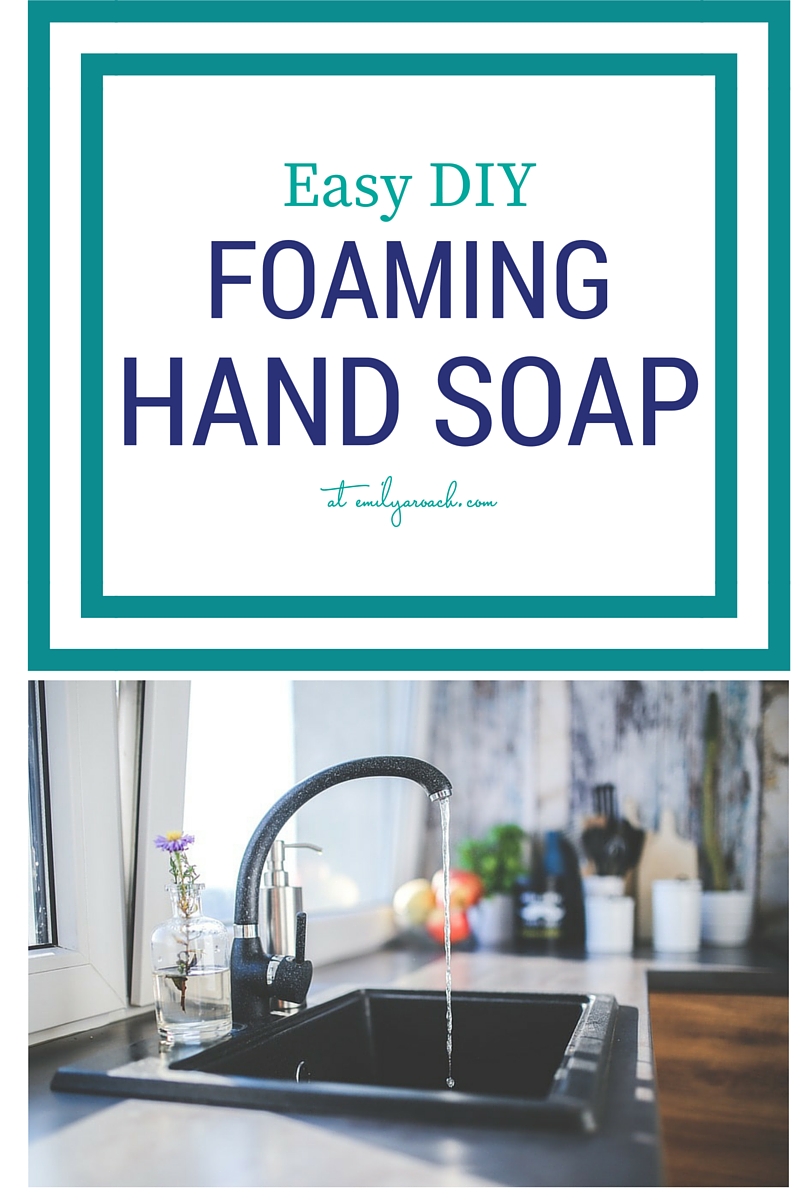
Ingredients
- 2 tablespoons Castille Soap
- 2 drops of Tea Tree Oil
- 2 drops of Essential oil I use lemongrass currently
Instructions
- Add ingredients to empty foaming hand soap dispenser (about a 9 oz size). Fill the balance with water and shake gently.


This is a super cheap way to keep up with the kids overuse of the foaming hand soap. I have found Madison “cleaning” the bathroom sink with half the bottle. At about 25 cents a bottle, I don’t have to stress about it. Plus, there’s no sodium lauryl sulfate, triclosan or synthetic fragrance involved in her cleaning project.
If you can handle making your own hand soap, now you can move on to making your own bubble soap for kids!
Happy washing!
Disclosure: Some affiliate links are included in this post.



